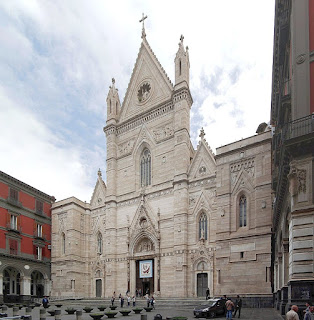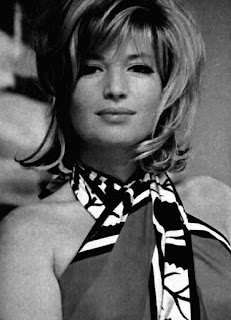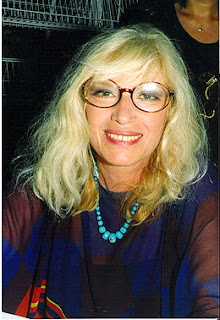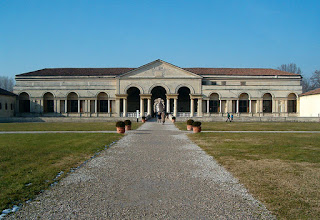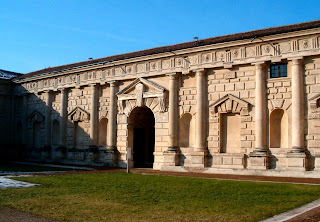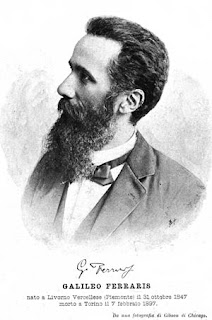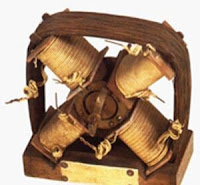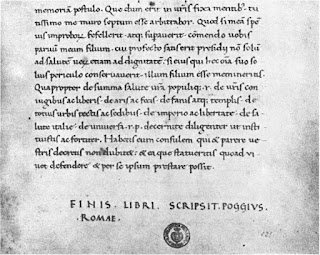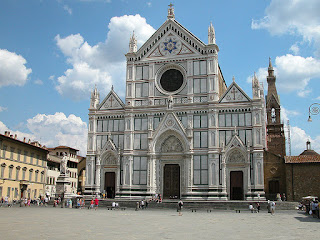Father of star ballerina was pioneer of Romantic ballet
 |
| Filippo Taglioni's portrait, the original of which is at Teatro alla Scala in Milan |
La Sylphide was one of the earliest works to represent a new ballet genre, which became known as Romantic ballet, that gained popularity in the 19th century as an alternative to traditional classical ballet. Romantic ballet was different in that the characters were recognisable as real people rather than the gods and goddesses and strange creatures from Roman and Greek mythology that populated classical ballet.
The work, which premiered at the Salle Le Peletier of the Paris Opéra in 1832, cemented Marie Taglioni’s status as a star, the prima ballerina of the Romantic movement, although the version performed today - the only version to have survived - was choreographed by the Danish ballet master August Bournonville in 1836.
Filippo was part of an Italian dancing dynasty of the 18th and 19th centuries. His father and mother, Carlo Taglioni and Maria Petracchi, were both dancers. Carlo, who was born in Turin, worked in Venice, Rome, Siena and Udine.
 |
| Taglioni's daughter, Marie, pictured in a performance of La Sylphide |
Trained for the most part by the Neapolitan dancer Carlo Blasis and Jean-François Coulon, Filippo made his debut at 17 in Pisa, playing female roles, and after appearing in other Italian cities joined the Paris Opéra at the age of 22, before moving to Stockholm to be principal dancer and ballet master for the Royal Swedish Ballet.
It was while he was living in Stockholm that he married the dancer Sophie Karsten, daughter of a famous Swedish opera singer Christoffer Christian Karsten and a Polish actress, Sophie Stebnowska.
Their two children were born early in the marriage and after living for a number of years in Vienna and Germany they moved to Paris to escape the the Napoleonic wars. Filippo danced and choreographed in different parts of Europe before accepting a permanent position in Vienna.
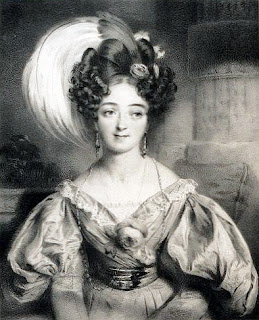 |
| Filippo Taglioni made his daughter, Marie, practise six hours a day for six months |
Marie soon became popular and Filippo was able to negotiate a six-year contract for the two of them. He unveiled La Sylphide to huge acclaim and its success established Marie as the pre-eminent prima ballerina of the Romantic period, as well as making him its most renowned choreographer.
The two toured Europe and Russia and were well rewarded, although Filippo lost a good deal of his daughter’s fortune in through unwise and speculative investments.
His legacy, though, was to have changed the nature of ballet. Although the Romantic movement began to decline at the start of the 20th century, it produced works of lasting popularity such as Delibes’s Coppélia (1870) and Tchaikovsky's Swan Lake (1876) and The Nutcracker (1892).
Filippo Taglioni died in Como in 1871, at the age of 93.
 |
| The Teatro Verdi in Pisa was opened in November 1867 |
The principal venue for ballet and opera in Pisa is the Teatro Verdi in Via Palestro, built in the mid-19th century in the style of classic theatre architecture to designs by the Venetian architect Andrea Scala, who won a competition organised by the architect and politician Ranieri Simonelli, a prominent Pisan citizen of the day. Completed in 1867, it was inaugurated on November 12 of that year with a performance of Gioachino Rossini’s opera William Tell. It began to stage ballet as well as opera in the latter part of the 19th century. Taglioni is likely to have performed at the Regia Teatro Nuovo, which the Teatro Verdi replaced.
 |
| The beautiful Villa Olmo on Lake Como |
Como, where Taglioni died, is a city at the southern end of Lake Como. It has become a popular tourist destination because it is close to the lake and has many attractive churches, gardens, museums, theatres, parks and palaces to visit. The Villa Olmo, built in neoclassical style there in 1797 by an aristocratic family, has hosted Napoleon, Ugo Foscolo, Prince Metternich, Archduke Franz Ferdinand I and Giuseppe Garibaldi, to name but a few of the eminent people who have stayed there.
More reading:
Fanny Cerrito - the Neapolitan ballerina who wowed Europe
Pierina Legnani - the Italian who conquered St Petersburg
How Strictly Come Dancing judge Bruno Tonioli dealt with playground bullies
Also on this day:
1702: The birth of Venetian painter Pietro Longhi
1754: The birth of explorer Alessandro Malaspina
1898: The birth of Francesco Chiarello, soldier who survived two World Wars
Home


